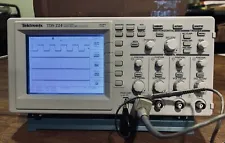swpaskett
Well-known member
Ooh, forgot to mention: Salaea is a reputable company with a weird name that has been around 20 years or so. I have ordered a couple items in the distant past. They have some interesting products of European origin. A lot of it seems priced rather on the high end of what I think it is worth, but if you are looking for something unusual you might just find it there.































![Soldering Iron Kit, 120W LED Digital Advanced Solder Iron Soldering Gun kit, 110V Welding Tools, Smart Temperature Control [356℉-932℉], Extra 5pcs Tips, Auto Sleep, Temp Calibration, Orange](https://m.media-amazon.com/images/I/51sFKu9SdeL._SL500_.jpg)




